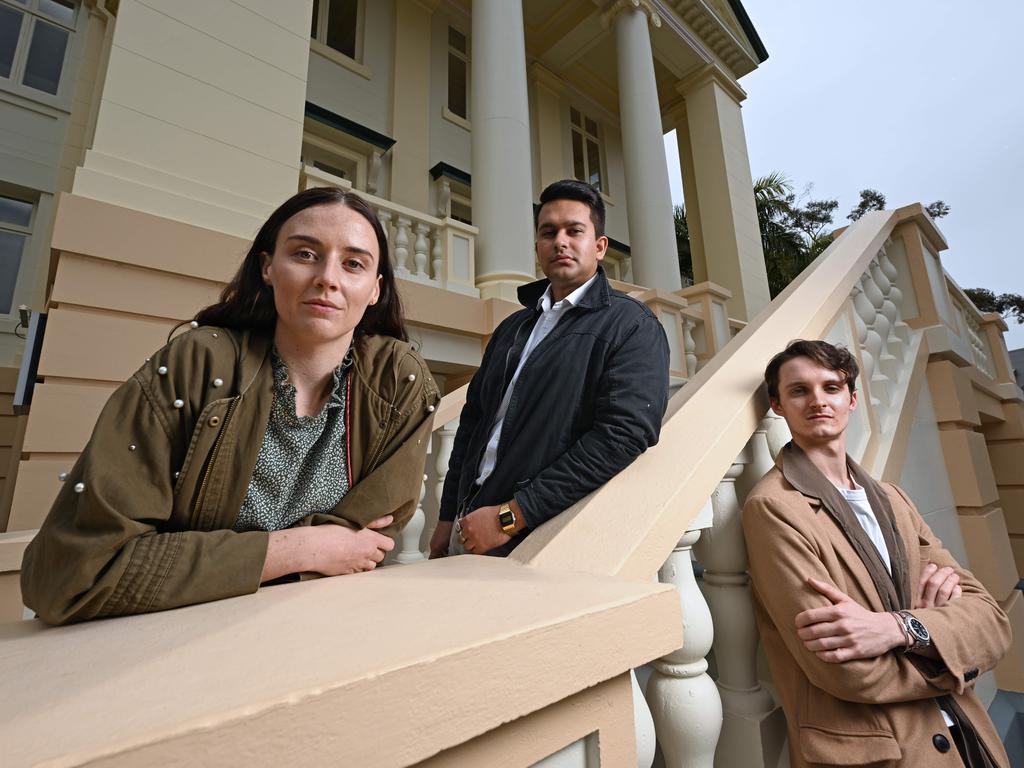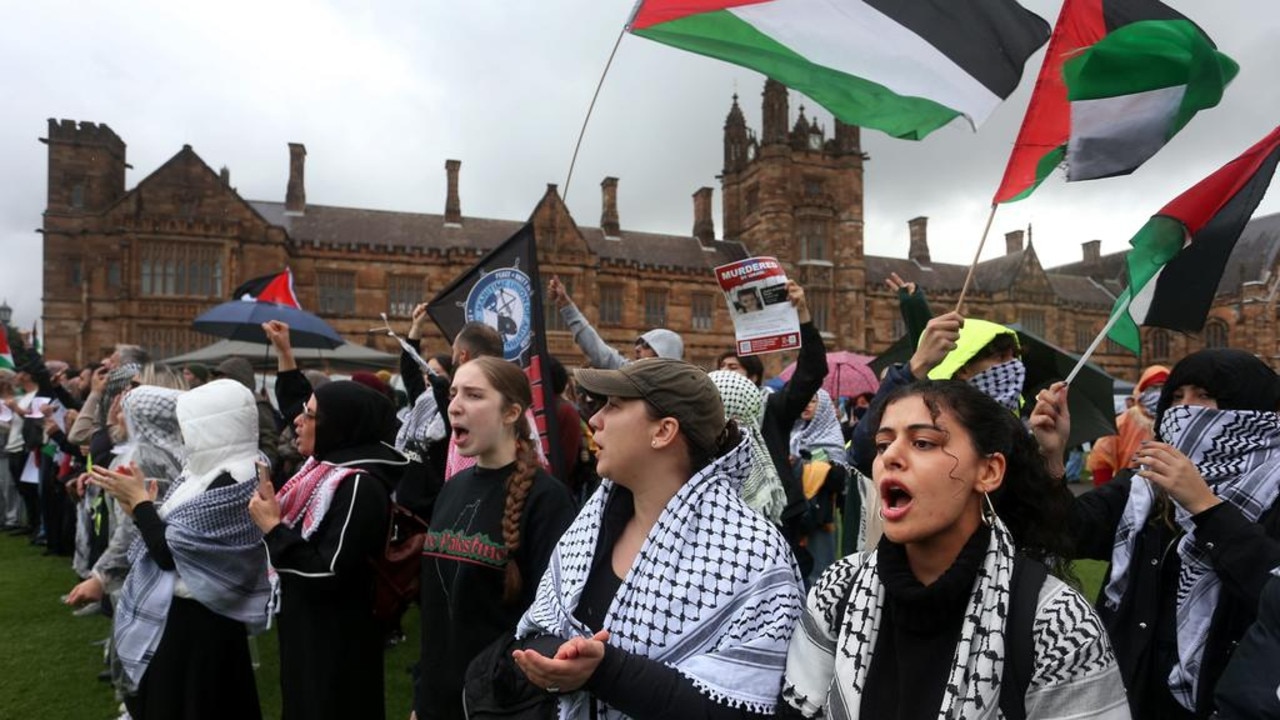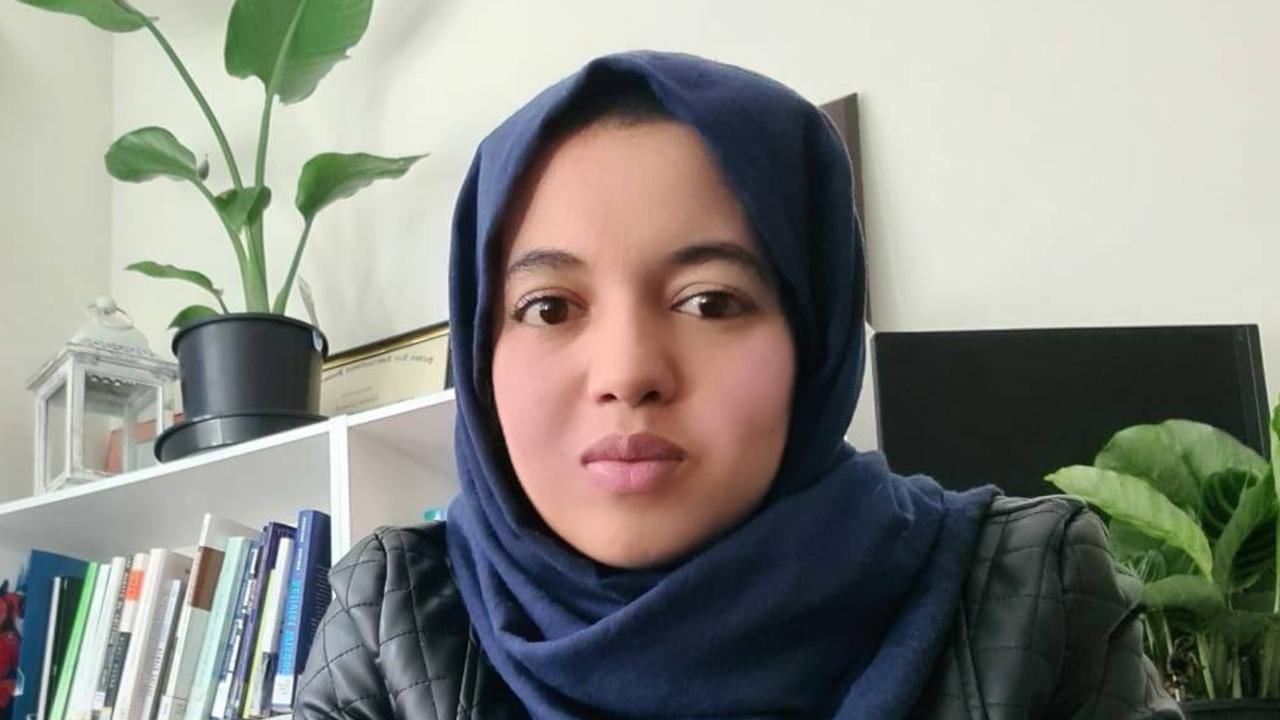Smooth passage from India: Higher Education sector
The higher education sector is pushing Labor to lure thousands more Indian students with cheaper visas and easier working arrangements.

The higher education sector is pushing Labor to lure thousands more Indian students with cheaper visas and easier working arrangements to secure the nation’s stake in a market set to produce 500 million graduates and undergraduates by 2035.
Education Minister Jason Clare is holding rolling talks this week with his Indian counterpart Dharmendra Pradhan to tick off on key parts of the interim free-trade deal struck between the two countries in April, boost research collaboration and get more Indian students enrolled in Australian universities.
As universities try to diversify their foreign student intake and wean themselves off a decade-long overreliance on the Chinese market, the number of Indian students granted a visa almost doubled between June and July, from just over 3000 to close to 6000 as visa backlogs were worked through by the Home Affairs Department following a boost to staff under Labor.
Mr Clare said on Monday a “relatively small number of Indian students” studied in Australia, with 59,000 currently enrolled – 5500 of whom were offshore. “India has a challenge of another magnitude … the sheer scale of training half a billion young Indian students is enormous,” he said.
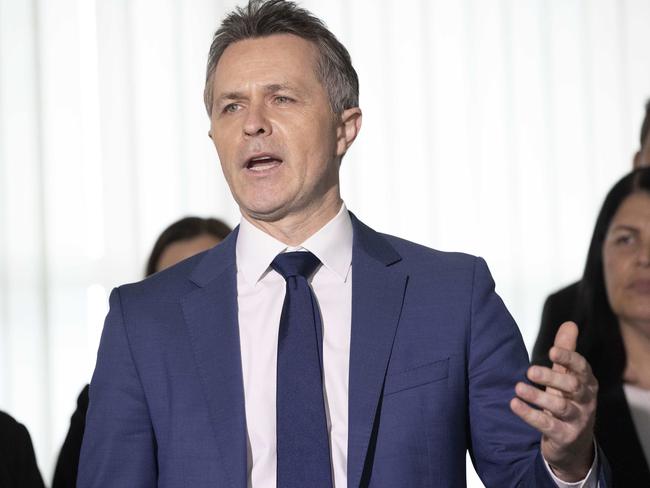
“I think I can confidently speak for Australian universities … that we’re keen to work with (India) to help implement that bold agenda.”
Mr Pradhan said his government wanted to “take the best practice of higher education of Australia to India”.
“A lot of Indian-origin students are coming to Australia for higher education … India is thankful to you for that,” he said.
While pushing for Australia to take up the “opportunity” of attracting more Indian students, Mr Clare said there were only so many places available.
“There’s a lot more we can do to help in the implementation of India’s education plan in India itself, either universities setting up campuses in India like the University of Wollongong is intending to do, or also the opportunity to provide courses online,” he said. But chief executive of the powerful Group of Eight, Vicki Thomson, warned fewer Indian students had taken up studying online during Covid compared to cohorts in China.
Ms Thomson said Australia was facing “stiff competition” in the international education market from Britain, the US and Canada, and raised the need for a high potential visa that would target graduates in areas of workforce need and encourage them into employment once they graduated.
“Our engagement with India, the world’s fastest-growing economy, is critical to the future success of our sector,” she said.
“Building on our strong bilateral relationship with India in the higher education and research sector will be mutually beneficial to both nations.”
Mr Clare and Mr Pradhan agreed to set up a working group on transnational education “with a view to strengthening institutional partnerships, open new opportunities for collaboration between universities and removing barriers hindering these partnerships”.
International Education Association of Australia chief executive Phil Honeywood, who will host the Indian delegation in Melbourne on Tuesday, said Australia also needed to review the visa costs.
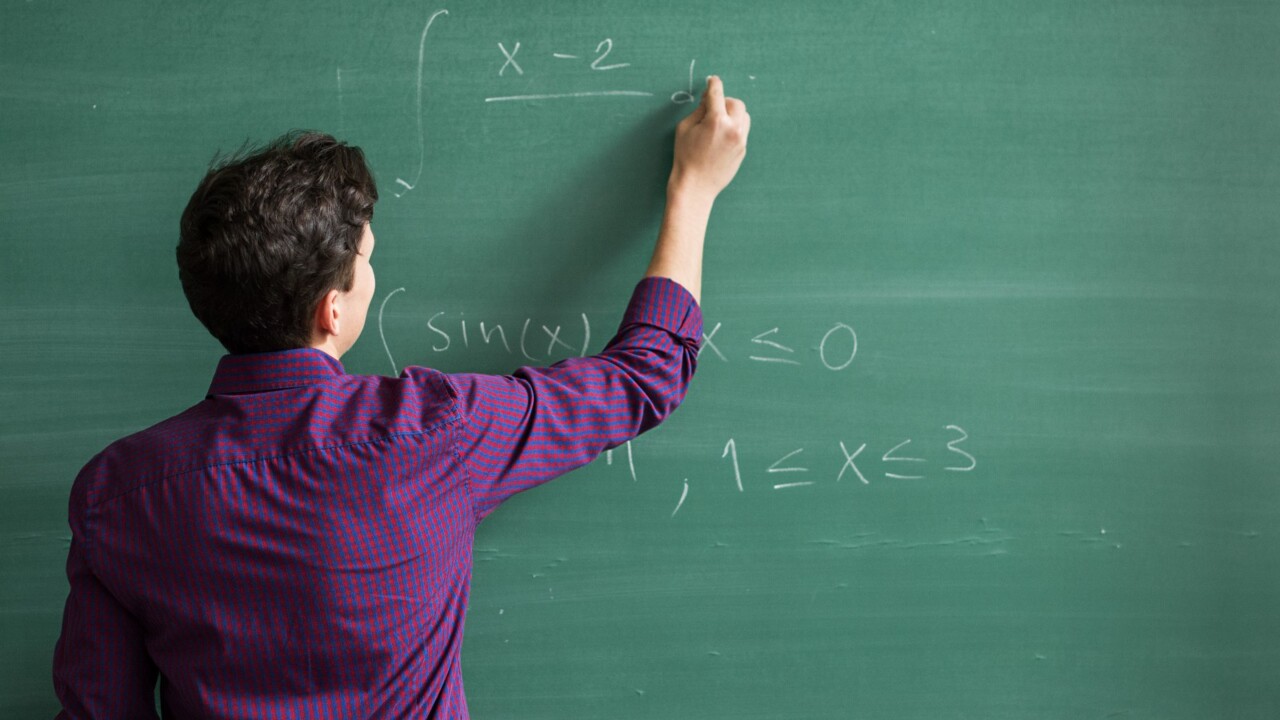
“Australia already charges more than most competitor countries for a range of student visa classes,” he said. “Quite a number of students come on initial student visas to do diplomas or English-language courses and then have to pay extra to extend.
“In the visa policy mix, it is crucial that Australia’s visa charge remains competitive.”
A standard student visa costs $650, while a visa that includes post-study working rights costs $1650.
Mr Honeywood said Indian students needed clarity around migration pathways, which would incentivise them to study in Australia.
“Where we have skills in demand, we must make sure these students can be shown a nexus between the course they’re hoping to study and Australian citizenship,” he said.
Mr Clare confirmed that he and Mr Pradhan had agreed for mutual recognition of qualifications – agreed to in the interim free-trade agreement earlier this year – would be finalised by Christmas.
“We want people with qualifications to use them in Australia. We have a skills shortage at the moment, Australian businesses are screaming out for skilled workers,” he said.
“Working on mutual recognition of education qualifications, that will help to underpin the growth of students studying here in Australia.”
Mr Pradhan said he had invited Mr Clare to visit India “by the end of this year”.
Universities Australia, the peak body for the sector, said Mr Pradhan’s four-day visit provided “an occasion to strengthen existing partnerships and forge new ones”.
“Australia and India’s universities are already collaborating closely, with 452 formal partnerships between them – four times as many as there were in 2007,” UA chief executive Catriona Jackson said.
“Education is a major economic driver in Australia and India is a big contributor, being our second-largest source market for international students and generating $6bn annually.”


